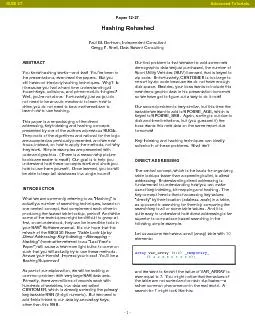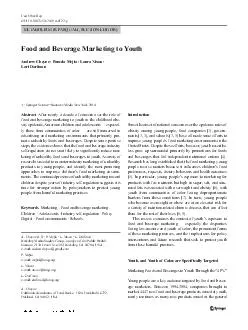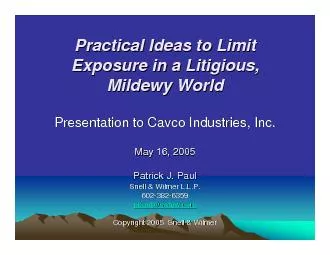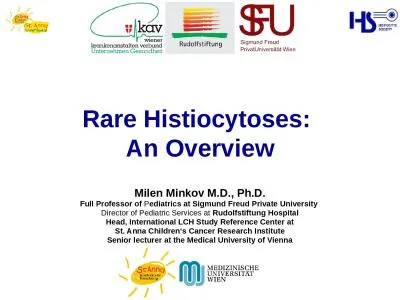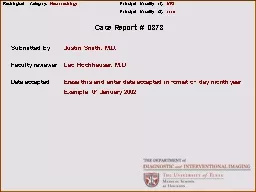PDF-Paper 12-27- 1 -Paul M. Dorfman, Independent ConsultantGregg P. Snell,
Author : tatiana-dople | Published Date : 2015-10-08
09 temporary 1 2 3 0 4 and we want to know if the value of VARARRAY isever equal to 7 You might notice that the values ofthe table are not sorted and contain duplicates
Presentation Embed Code
Download Presentation
Download Presentation The PPT/PDF document "Paper 12-27- 1 -Paul M. Dorfman, Indepen..." is the property of its rightful owner. Permission is granted to download and print the materials on this website for personal, non-commercial use only, and to display it on your personal computer provided you do not modify the materials and that you retain all copyright notices contained in the materials. By downloading content from our website, you accept the terms of this agreement.
Paper 12-27- 1 -Paul M. Dorfman, Independent ConsultantGregg P. Snell,: Transcript
Download Rules Of Document
"Paper 12-27- 1 -Paul M. Dorfman, Independent ConsultantGregg P. Snell,"The content belongs to its owner. You may download and print it for personal use, without modification, and keep all copyright notices. By downloading, you agree to these terms.
Related Documents

